Have you ever watched your cat skitter under the bed at the slightest sound? Or noticed her eyes widen at the jingle of keys? For anxious cats, the world can seem like a maze of scary surprises. Creating a sanctuary for your nervous kitty doesn’t have to be complicated, but it does require understanding, patience, and a little creativity. If you want your feline friend to feel truly at ease, read on—because every cat deserves to feel safe at home.
Understand Your Cat’s Triggers
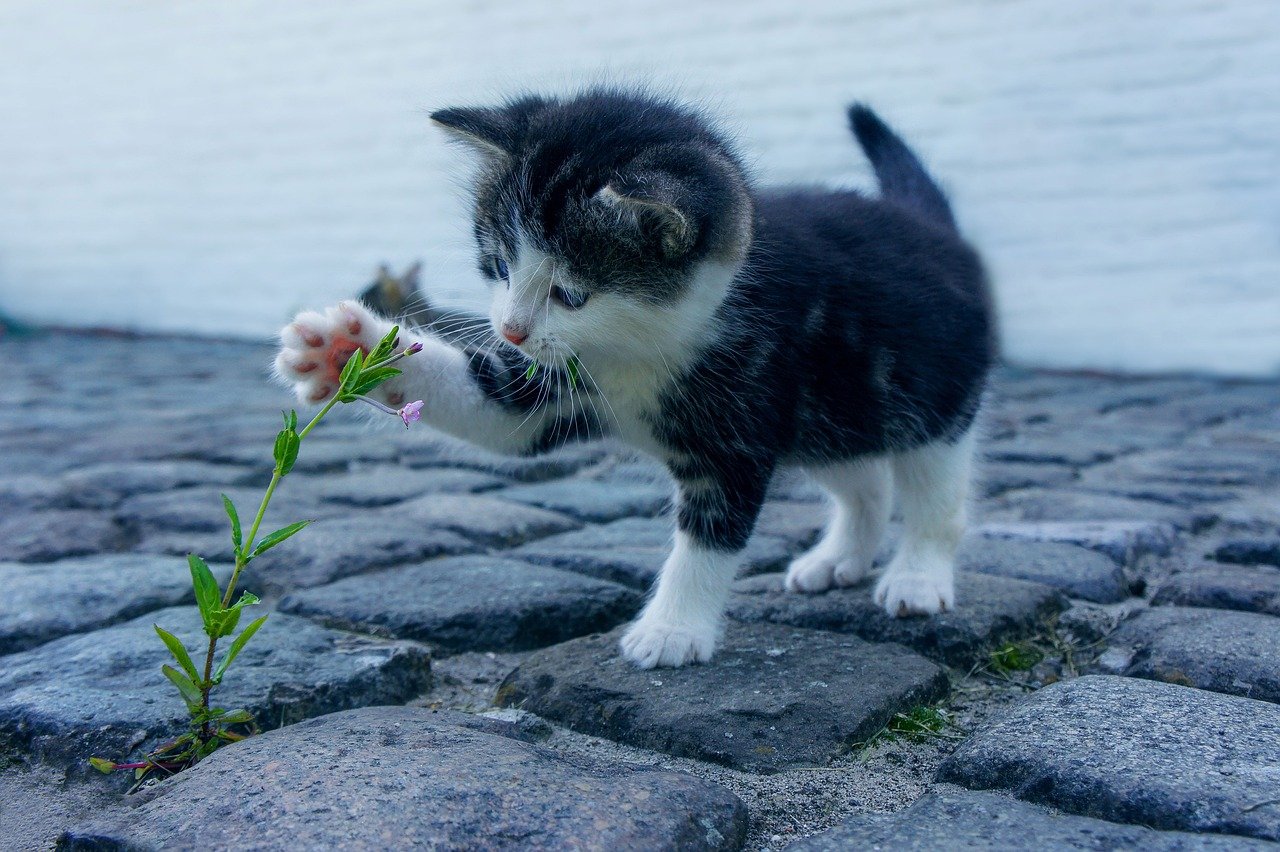
Every cat is unique, and so are the things that make them anxious. Some cats tremble at the sound of thunderstorms, while others detest the vacuum cleaner or the chatter of strangers. Take time to observe your cat’s body language and behavior—do her ears flatten when the doorbell rings, or does she hide at the sound of footsteps? Identifying these triggers is the first step to reducing your cat’s stress. Keep a simple journal of what sets your cat off and when she seems most relaxed. This detective work helps you tailor your home to her needs, making her feel more secure. Remember, what seems harmless to you might be terrifying to her. By understanding what makes your cat anxious, you can start to make real changes that matter.
Create Safe Hiding Spots

Cats are natural hiders, especially when they feel threatened. Offering plenty of cozy, secluded hiding spots can help your anxious cat regain her composure when she’s overwhelmed. Think about cardboard boxes lined with soft blankets, or a dedicated nook behind the sofa. Cat trees with covered cubbies are also fantastic for this. Place these hideaways in quiet corners away from high-traffic areas. Give your cat the choice to retreat whenever she wants, and never force her out. Hiding isn’t a sign of failure—it’s a healthy coping mechanism for stressed cats. The more safe spaces she has, the more confident she’ll feel venturing out.
Use Calming Scents and Pheromones

Cats communicate through scent, so familiar smells can work wonders in making your home feel secure. Synthetic feline pheromone diffusers mimic the natural hormones that mother cats produce to calm their kittens. Plug one in near your cat’s favorite resting spot and notice the difference—many anxious cats become visibly more relaxed. You can also use your own scent to soothe your cat. Place a worn t-shirt or blanket in her bed for comfort. Avoid strong household cleaners or perfumes, as unfamiliar odors can be unsettling. Soft, familiar scents are like a reassuring hug for your anxious kitty.
Maintain a Predictable Routine
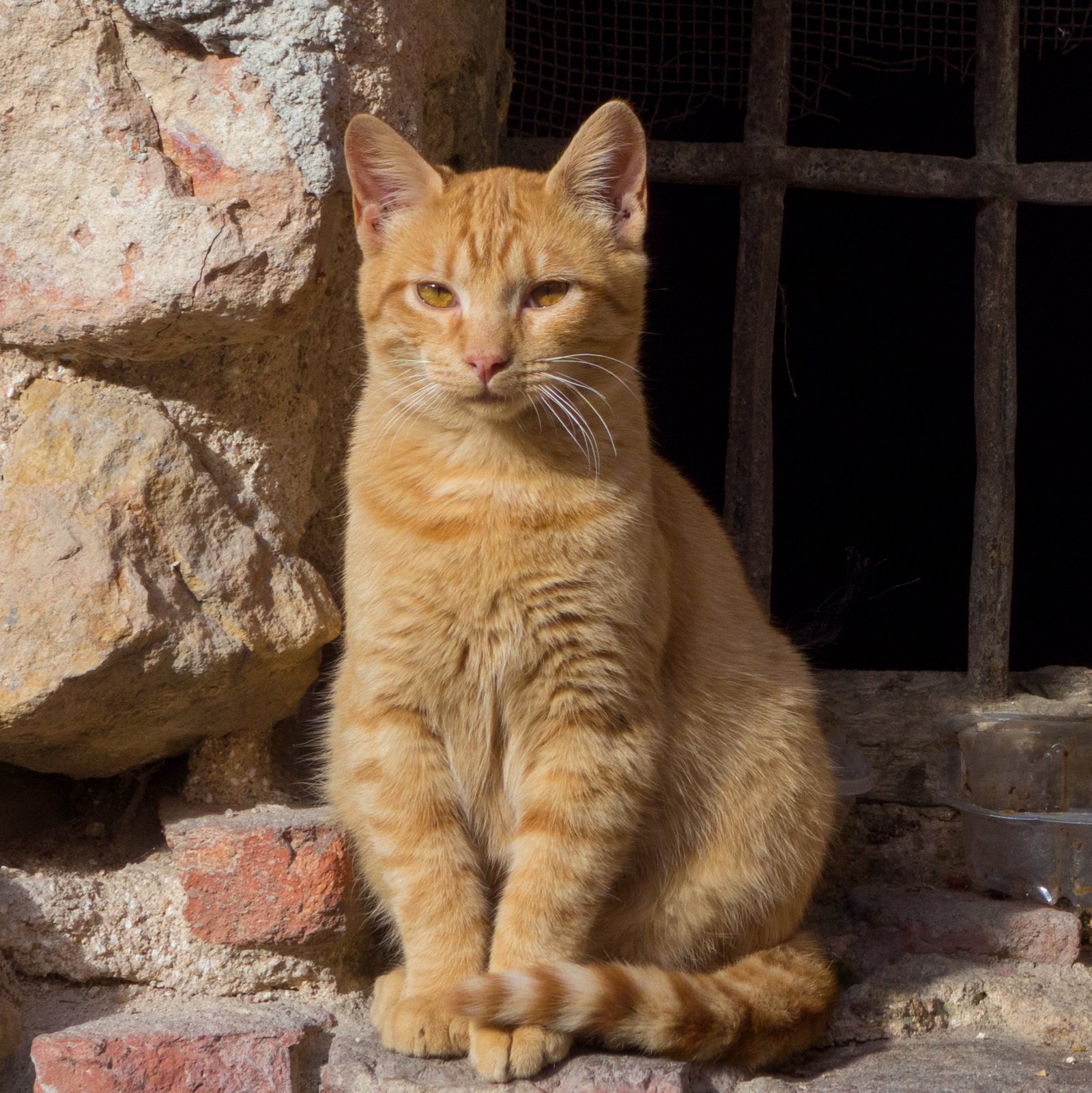
Cats thrive on routine, especially those who are anxious. Feeding, playtime, and even cuddles should happen at roughly the same times every day. This sense of predictability helps your cat feel in control of her world. Sudden changes, like moving furniture or altering feeding times, can throw her off and make her even more anxious. Try to keep disruptions to a minimum, and if you must change something, do it gradually. Even small routines—like opening the curtains every morning—can become comforting rituals. The rhythm of everyday life is a powerful antidote to feline anxiety.
Minimize Loud Noises

For many anxious cats, loud noises are enemy number one. Thunderstorms, fireworks, and even the blender can send your kitty running for cover. While you can’t eliminate every sound, you can reduce their impact. Close windows during storms or city noise, and use thick curtains or white noise machines to muffle sudden bangs. When vacuuming or using loud appliances, shut your cat in a quiet room stocked with her favorite comforts. Inform guests to keep their voices low when entering your home. By controlling noise, you create a peaceful environment where your cat can finally let her guard down.
Offer High Perches and Vertical Space

Cats feel safest when they can observe their surroundings from above. High perches—like window hammocks, sturdy shelves, or tall cat trees—give your anxious cat a safe vantage point. Think of it as her very own watchtower, where she can see what’s happening without feeling exposed. These elevated spaces should be sturdy and placed near windows or quiet corners. Vertical territory is especially important in homes with children or other pets, as it gives your cat an escape route. When a cat has the high ground, she’s less likely to feel threatened.
Provide Quiet Zones Away from Activity

The hustle and bustle of family life can be a lot for an anxious cat to handle. Designate at least one room or area in your home as a quiet zone, free from loud noises, visitors, and other pets. Fill this space with your cat’s favorite toys, bedding, and maybe a soft lamp for gentle lighting. Encourage your cat to spend time here, especially during busy times like parties or household chores. This retreat acts as her personal oasis, where she can relax and decompress. Having a quiet zone available at all times signals to your cat that she always has a safe place to go.
Introduce New People and Pets Slowly
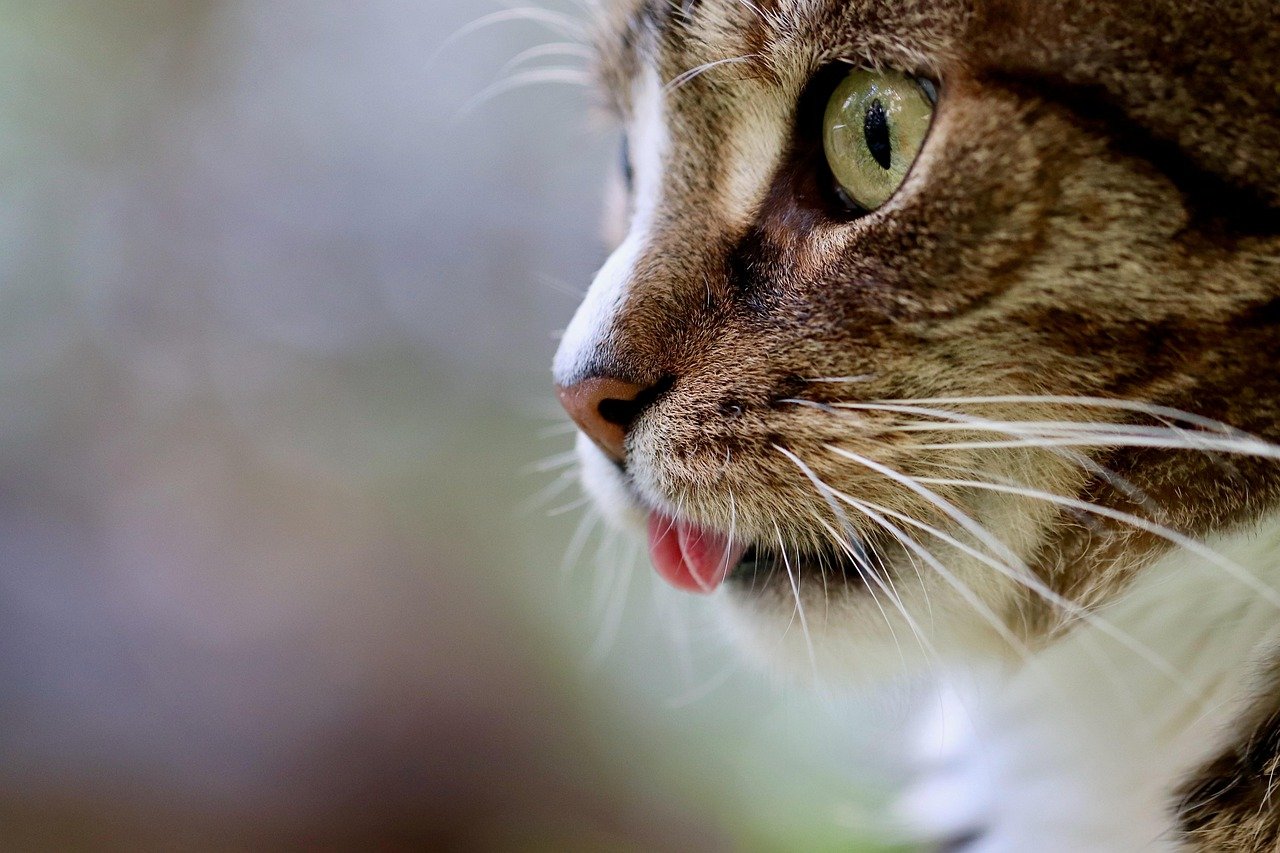
Meeting new people or animals can be terrifying for a shy or anxious cat. Never force introductions. Instead, let your cat approach new faces at her own pace. Ask visitors to sit quietly and avoid direct eye contact, which cats can interpret as a threat. If you’re bringing home a new pet, keep them separated at first, allowing your cat to sniff under the door or swap bedding to get used to the new scent. Gradually allow short, supervised interactions. Patience is key—rushing things only increases your cat’s anxiety. A gentle introduction ensures your cat feels respected, not overwhelmed.
Make Litter Boxes Easily Accessible
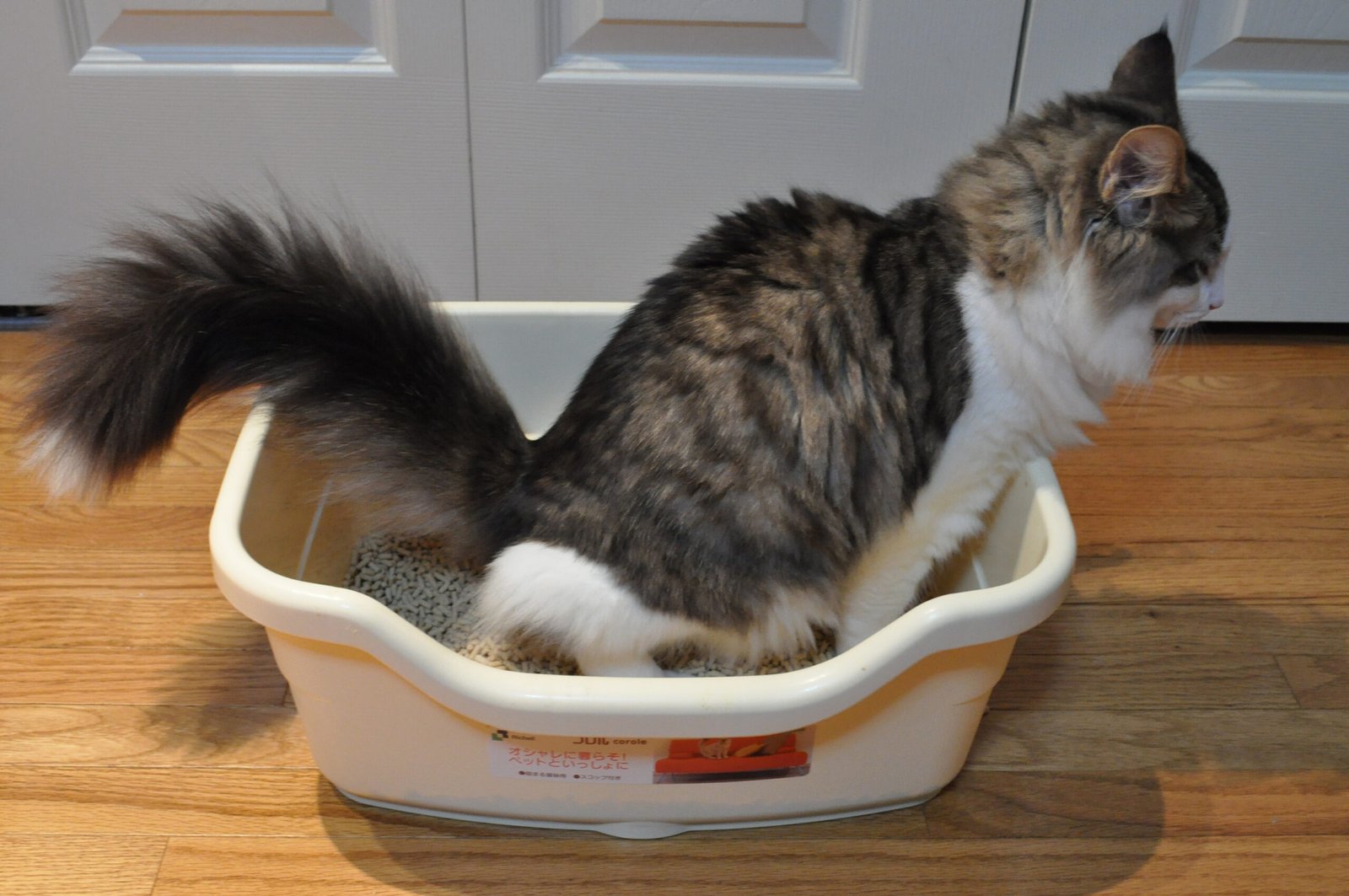
Anxious cats may avoid the litter box if it’s placed in a busy or noisy area. Ensure the box is in a quiet, private spot, away from foot traffic and loud appliances. If you have a multi-story home, provide a litter box on each level. Some cats prefer covered boxes for privacy, while others feel safer in open ones—observe your cat’s preference. Keep the box clean, as unpleasant odors can add to your cat’s stress. A safe and accessible litter box is a simple but crucial way to help your anxious cat feel secure.
Use Soft Lighting
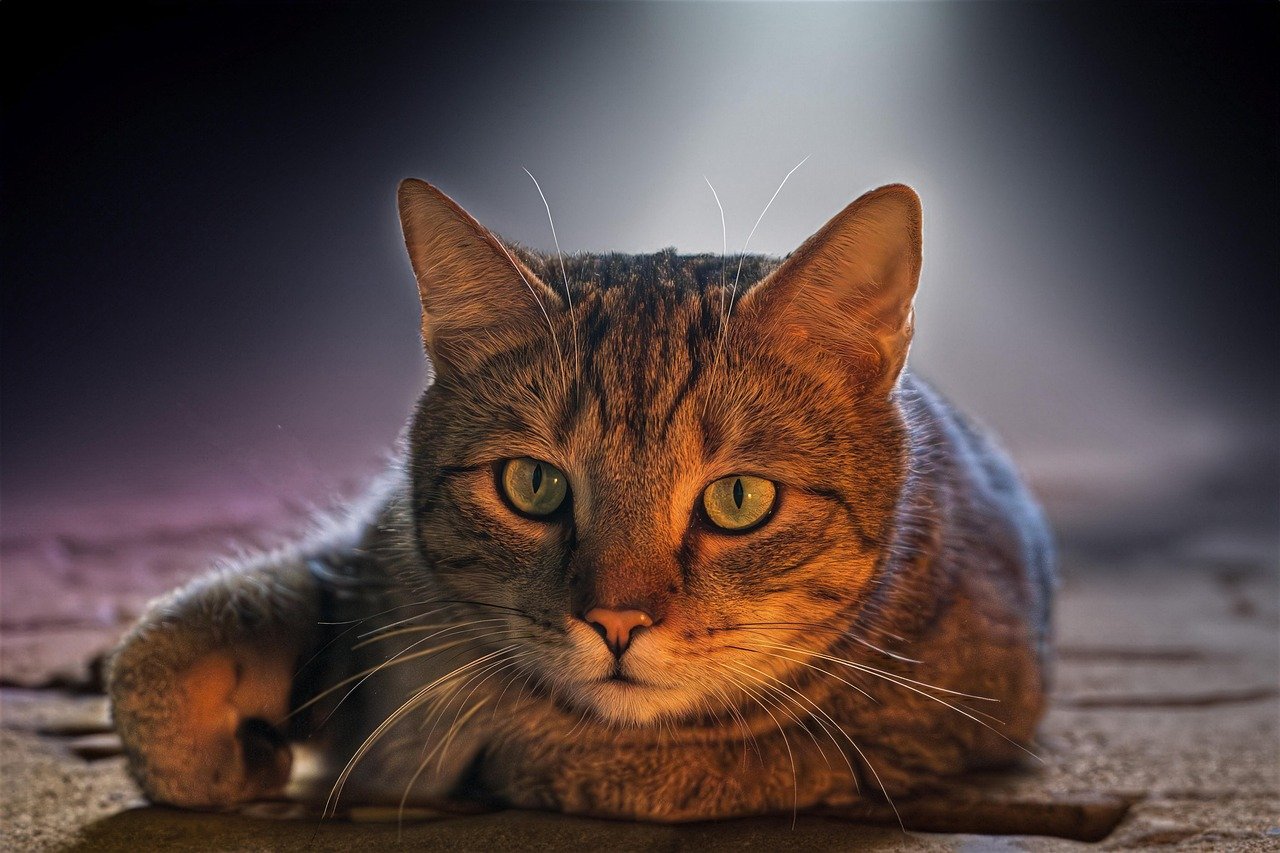
Bright, glaring lights can be overwhelming for anxious cats. Opt for soft, warm lighting in your home, especially in your cat’s favorite areas. Lamps with dimmers or fairy lights can create a calm and cozy atmosphere. If your cat likes to nap in sunlight, make sure she has access to sunny spots during the day, but offer shaded areas too. Avoid sudden changes in lighting—like flipping on bright overheads—when your cat is relaxing. Gentle lighting can help your cat feel more at ease, like a warm, safe hug at the end of a long day.
Offer Interactive Toys and Puzzles
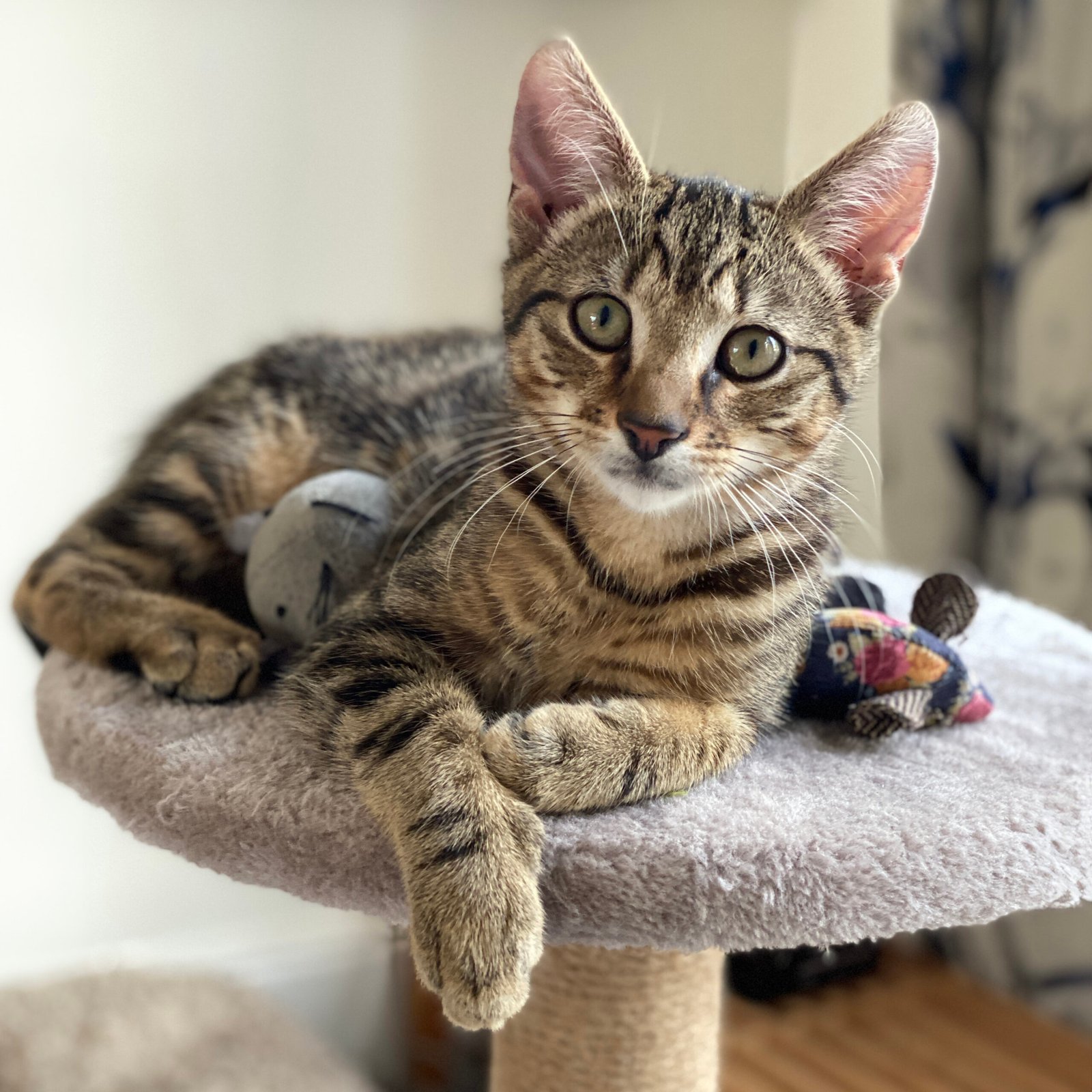
Mental stimulation can help distract anxious cats from their worries. Interactive toys, treat puzzles, and even simple things like paper bags or cardboard boxes can provide hours of entertainment. Rotate toys to keep things fresh and exciting. Playtime also strengthens your bond and helps your cat burn off nervous energy. Try feather wands, laser pointers, or toys that mimic prey. Engaging your cat’s hunting instincts can boost her confidence and reduce anxiety. Remember, a busy cat is often a happier, less worried one.
Play Calming Music or White Noise
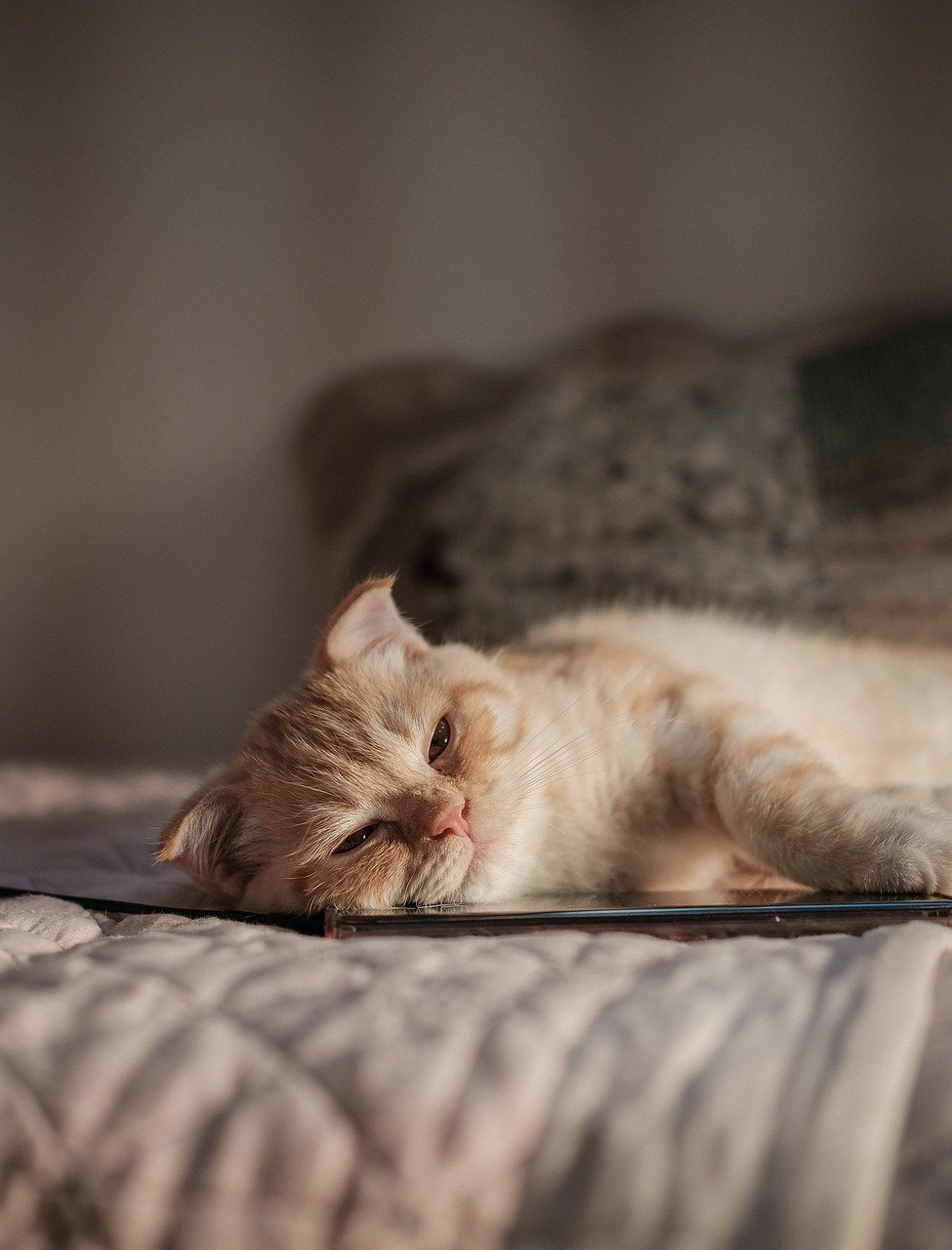
Just like humans, some cats are soothed by gentle sounds. Classical music, soft jazz, or specially designed pet relaxation tracks can create a peaceful ambiance. White noise machines or apps can mask jarring sounds from outside the home. Play calming music during stressful events like thunderstorms or when you’re away for long periods. Watch how your cat reacts—some may curl up and nap, lulled by the soft sounds. Experiment to find what works best for your furry friend. Soundscapes can become a trusted part of your cat’s safe environment.
Respect Your Cat’s Personal Space
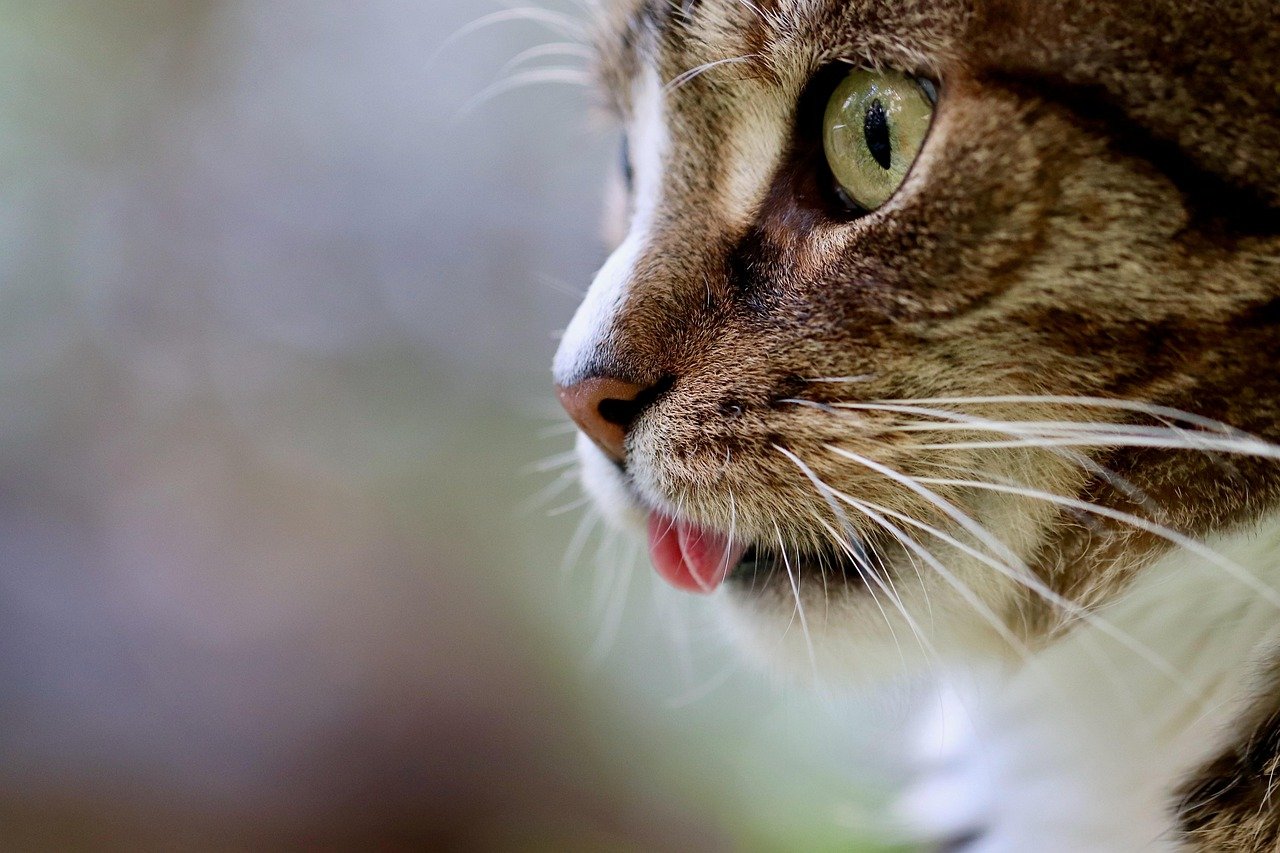
It’s tempting to shower your anxious cat with love, but sometimes less is more. Allow your cat to approach you on her own terms. Don’t pick her up or pet her unless she clearly wants it. Watch for signs of stress, like flattened ears or a twitching tail, and give her space when needed. Create a home where your cat can always choose when to interact and when to be alone. This sense of control is essential for anxious cats. Respecting her boundaries shows you care about her comfort and wellbeing.
Keep Food and Water in Safe Spots

Where you place your cat’s food and water bowls can affect her sense of safety. Choose quiet locations away from noisy appliances and high-traffic areas. Some cats feel vulnerable when eating, so avoid placing bowls near windows or doors where sudden movements might startle them. Consider using wide, shallow dishes to prevent whisker fatigue—a little-known source of feline stress. Fresh water and nutritious food are basic needs, but the way you provide them can make your home feel much more inviting to an anxious cat.
Limit Unfamiliar Visitors and Activities
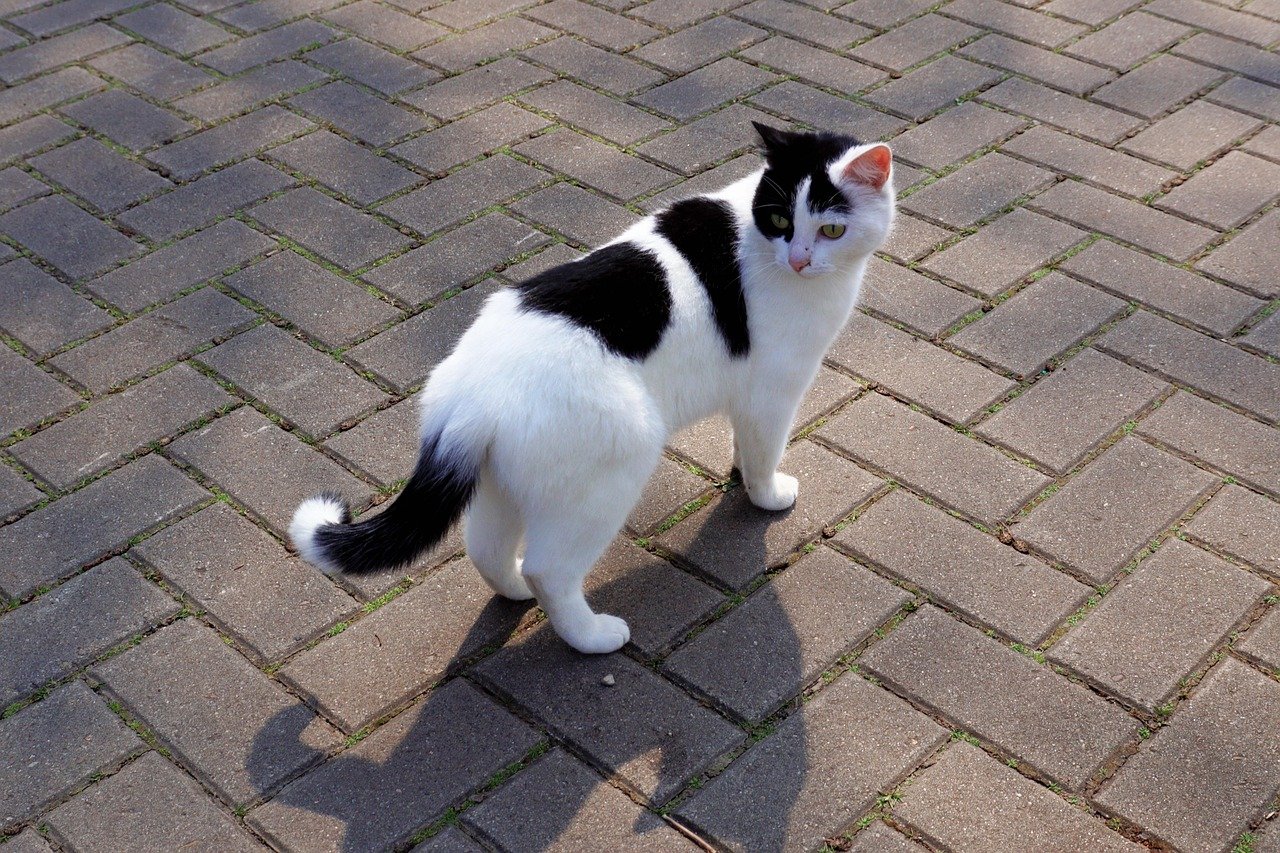
Frequent houseguests, noisy repairs, or constant comings and goings can make an anxious cat feel like her world is out of control. If possible, schedule visitors for shorter durations and let your cat retreat to her safe space. Warn guests in advance about your cat’s anxiety and ask them to speak softly and move slowly. Try to avoid major home renovations or rearrangements all at once. If big changes are inevitable, prepare your cat by gradually introducing new sights, sounds, and smells. A calm, stable home is the best gift you can give your anxious companion.
Groom Gently and Regularly
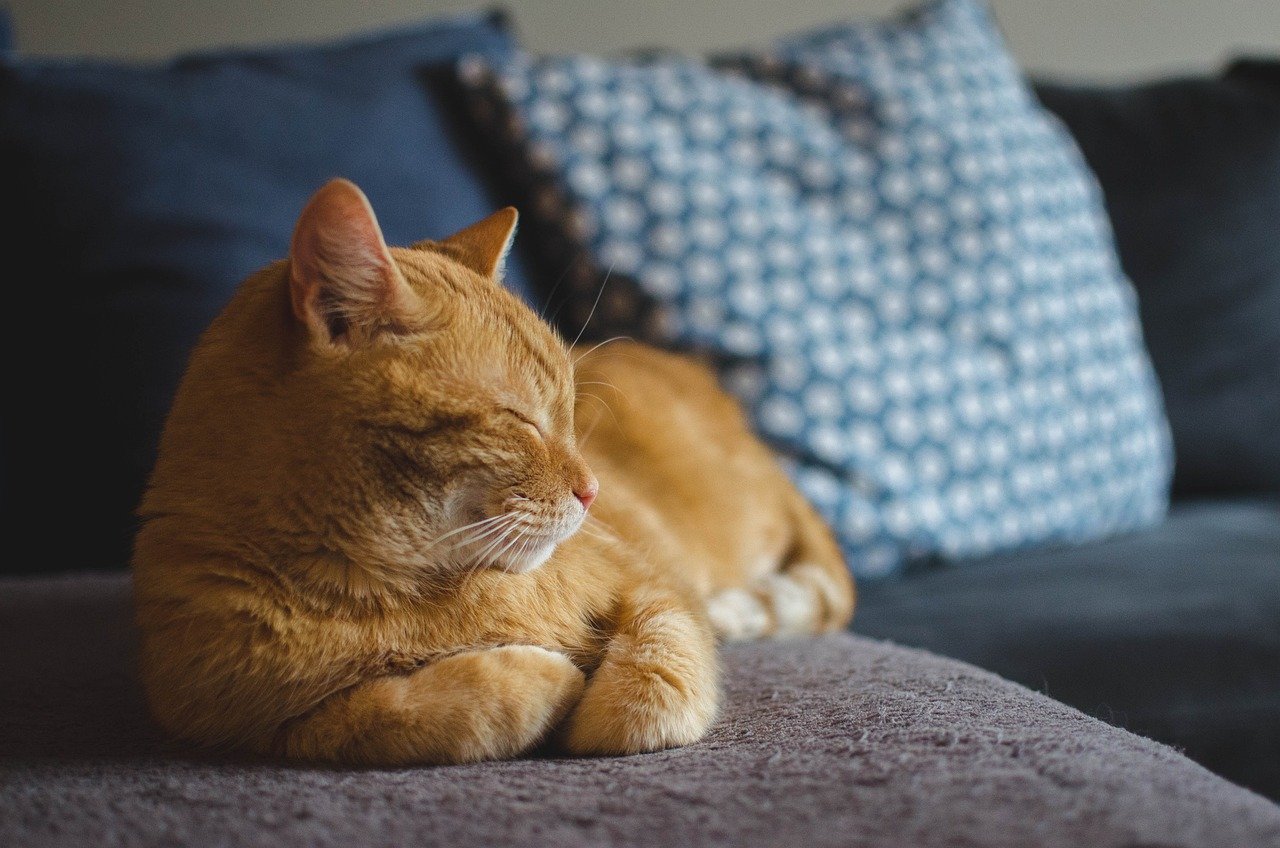
Grooming is a bonding activity for many cats, but anxious ones may be wary of brushes or nail clippers. Use soft brushes and gentle strokes, and keep sessions short at first. Offer treats and praise to create positive associations. If your cat hates being groomed, try grooming her when she’s already relaxed, like after a meal or nap. Never force grooming—let your cat set the pace. Over time, gentle grooming can become a ritual that reassures your cat and strengthens your relationship.
Provide Consistent Positive Reinforcement
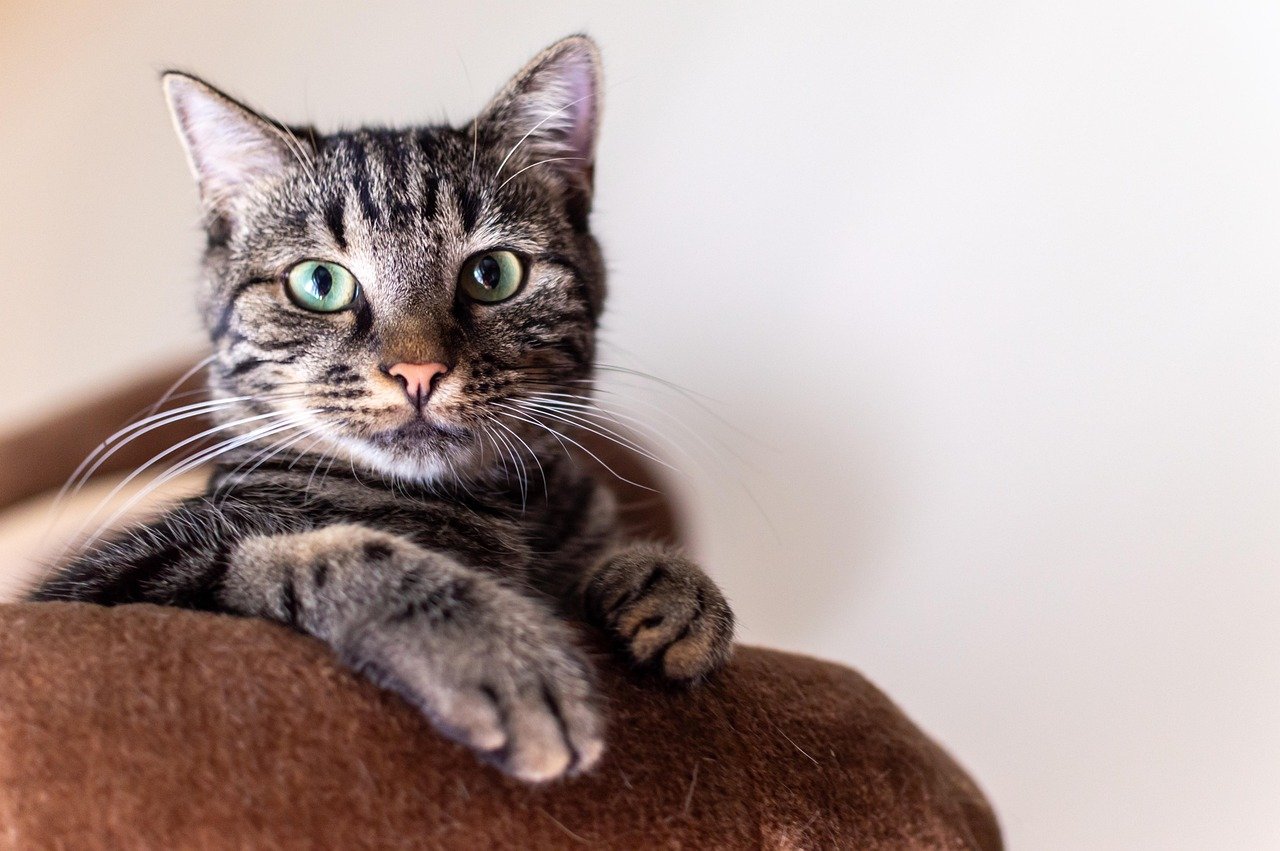
Rewarding calm behavior is one of the most effective ways to help an anxious cat feel safe. Use treats, petting, or soft words whenever your cat explores new areas, interacts with people, or shows curiosity. Ignore fearful behaviors rather than punishing them—punishment only increases anxiety. Mark progress with small celebrations, like a favorite treat or extra playtime. Consistent positive reinforcement teaches your cat that good things happen when she’s brave. Over time, her confidence will grow, and your bond will deepen.
Monitor Health and Visit the Vet Regularly
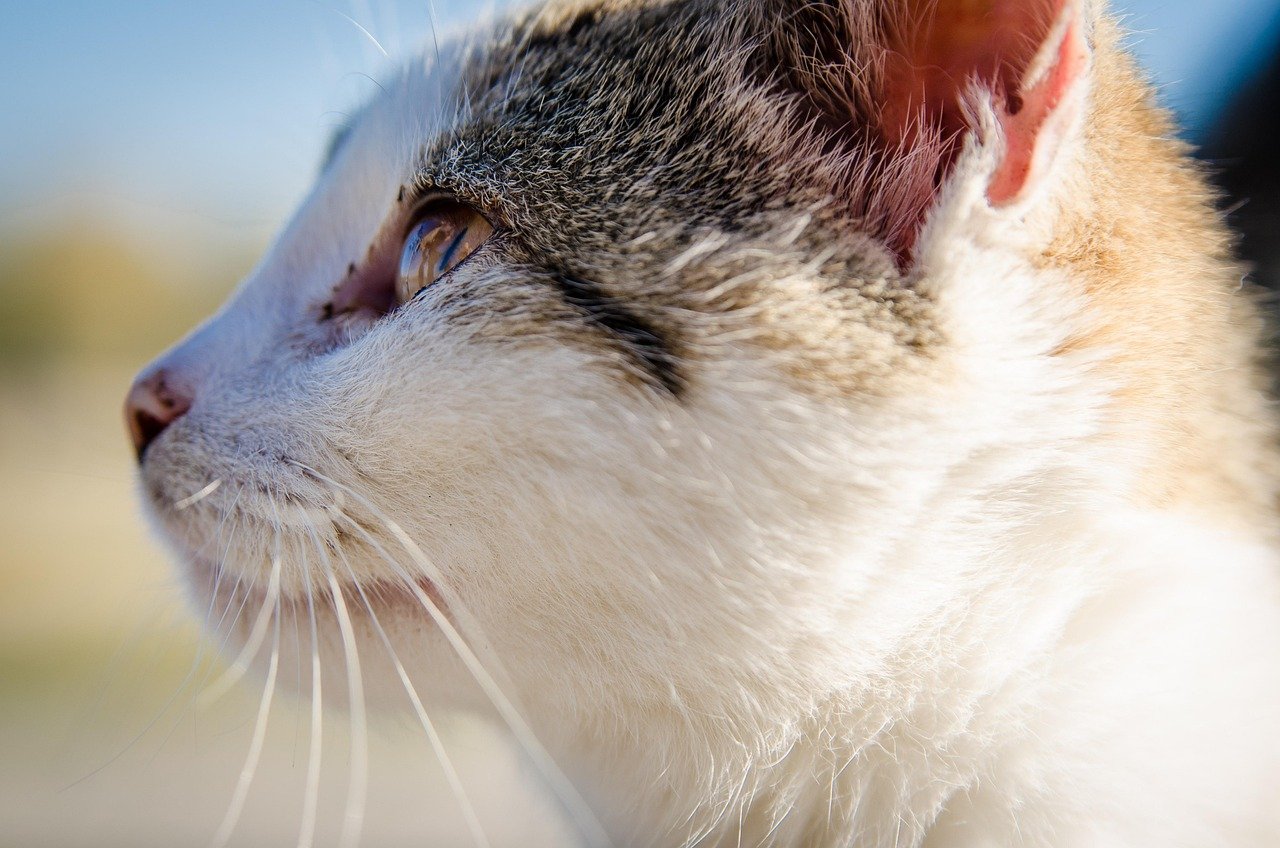
Sometimes, anxiety in cats is linked to underlying health problems—like pain, thyroid issues, or urinary tract infections. Schedule regular check-ups with your veterinarian to rule out medical causes. If your cat’s anxiety seems severe or doesn’t improve, discuss possible treatments or calming supplements with your vet. Never give human medications to your cat. Keeping up with vaccinations, parasite control, and dental care also contributes to your cat’s overall sense of wellbeing. A healthy cat is a happier, more relaxed one.
Consider Cat-Safe Plants for Comfort
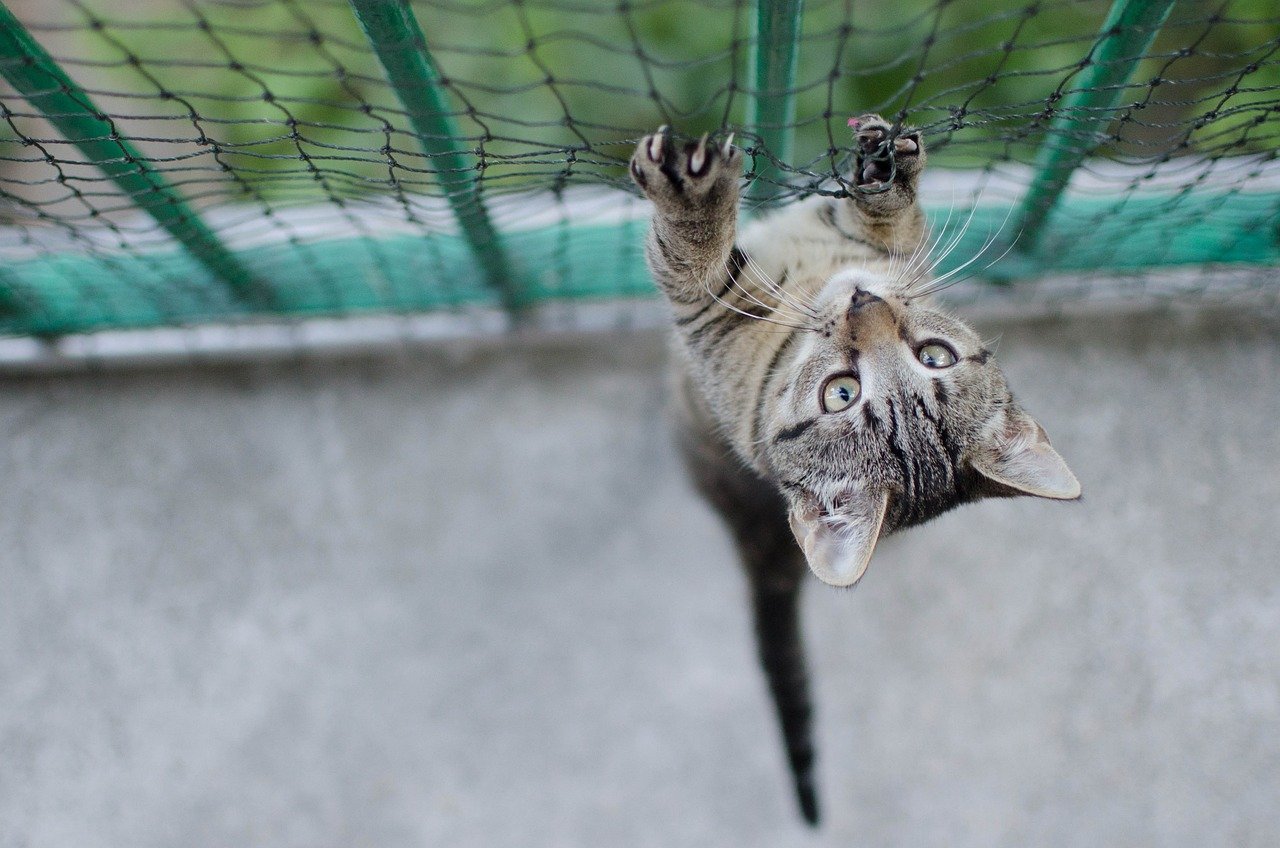
A touch of nature can make your home feel more soothing for both you and your cat. Cat-safe plants like catnip, cat grass, or spider plants can provide comfort and enrichment. Place a few pots near your cat’s favorite resting spots or windowsills. Avoid toxic plants—like lilies, poinsettias, or philodendrons—which can be dangerous if chewed. Watching your cat bat at a blade of grass or nap in a sunbeam surrounded by greenery is a simple pleasure that can melt away her worries.
Stay Calm and Patient Yourself

Cats are incredibly sensitive to our emotions. If you’re anxious or frustrated, your cat will pick up on it. Practice patience as you help your anxious cat adjust. Speak softly, move slowly, and take breaks if you feel your own stress rising. Celebrate small victories and remind yourself that progress can be slow. Your calm presence is the anchor your cat needs in a stormy world. As you work together to build trust, you might find your own anxieties fading too—a gentle reminder that sometimes, our pets heal us as much as we heal them.
Hi, I’m Bola, a passionate writer and creative strategist with a knack for crafting compelling content that educates, inspires, and connects. Over the years, I’ve honed my skills across various writing fields, including content creation, copywriting, online course development, and video scriptwriting.
When I’m not at my desk, you’ll find me exploring new ideas, reading books, or brainstorming creative ways to solve challenges. I believe that words have the power to transform, and I’m here to help you leverage that power for success.
Thanks for stopping by, Keep coming to this website to checkout new articles form me. You’d always love it!






